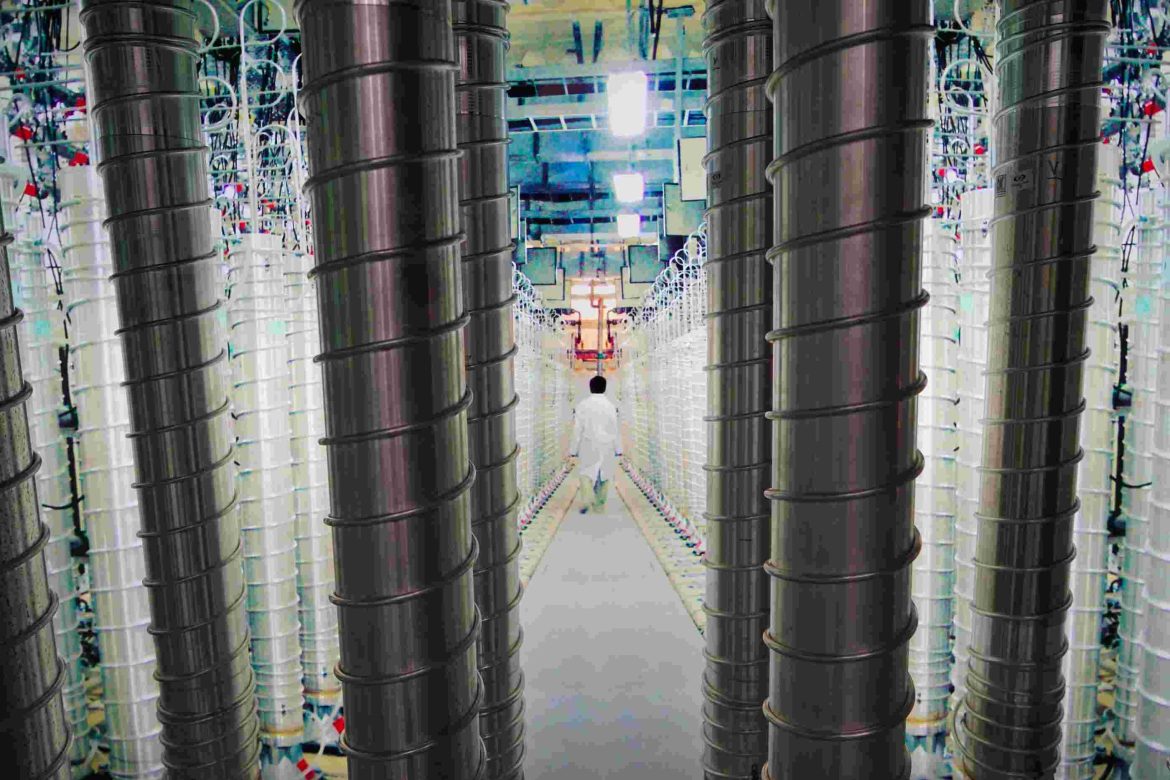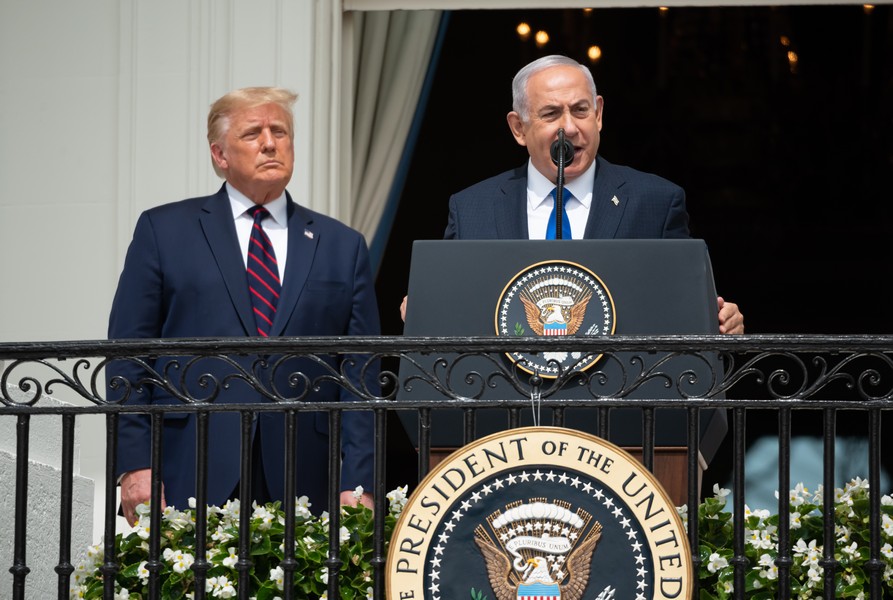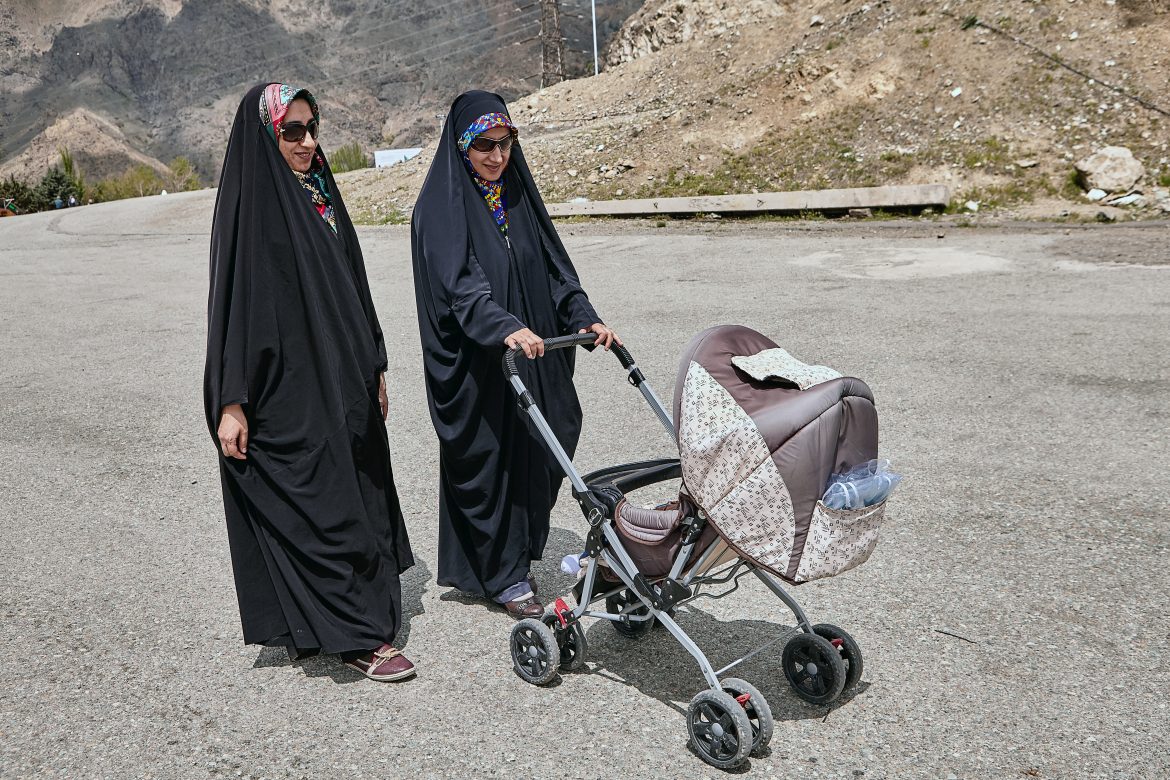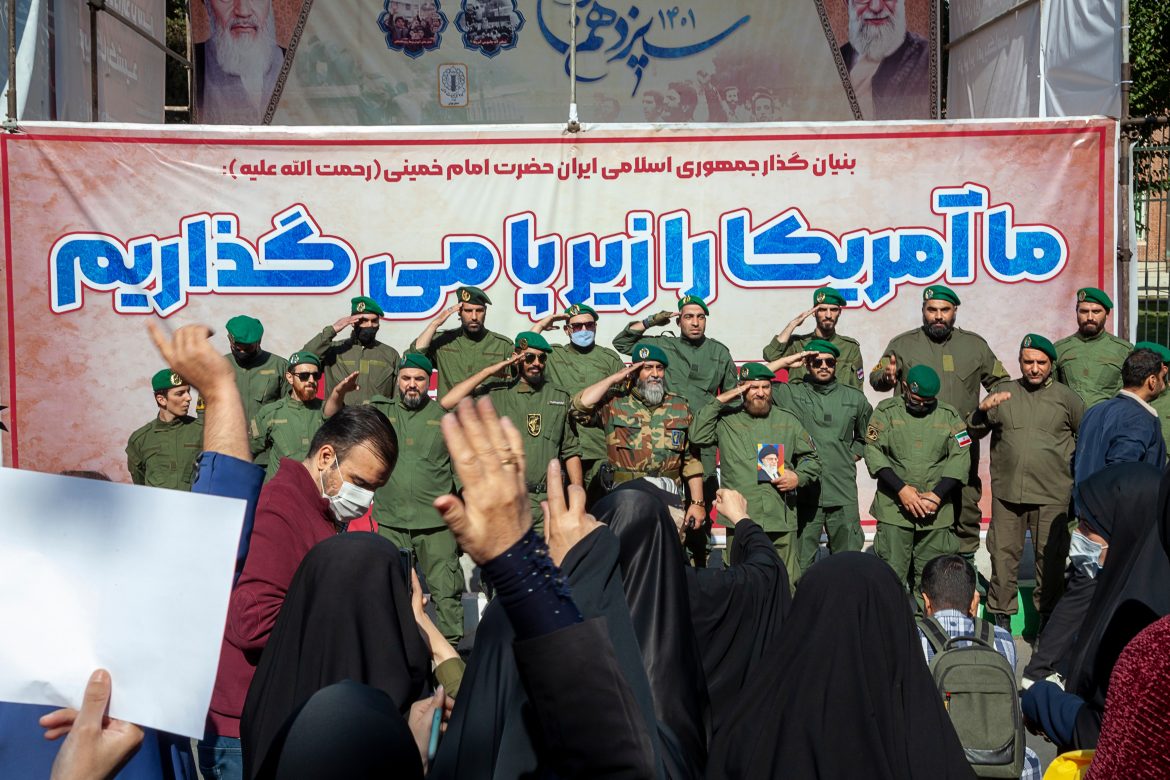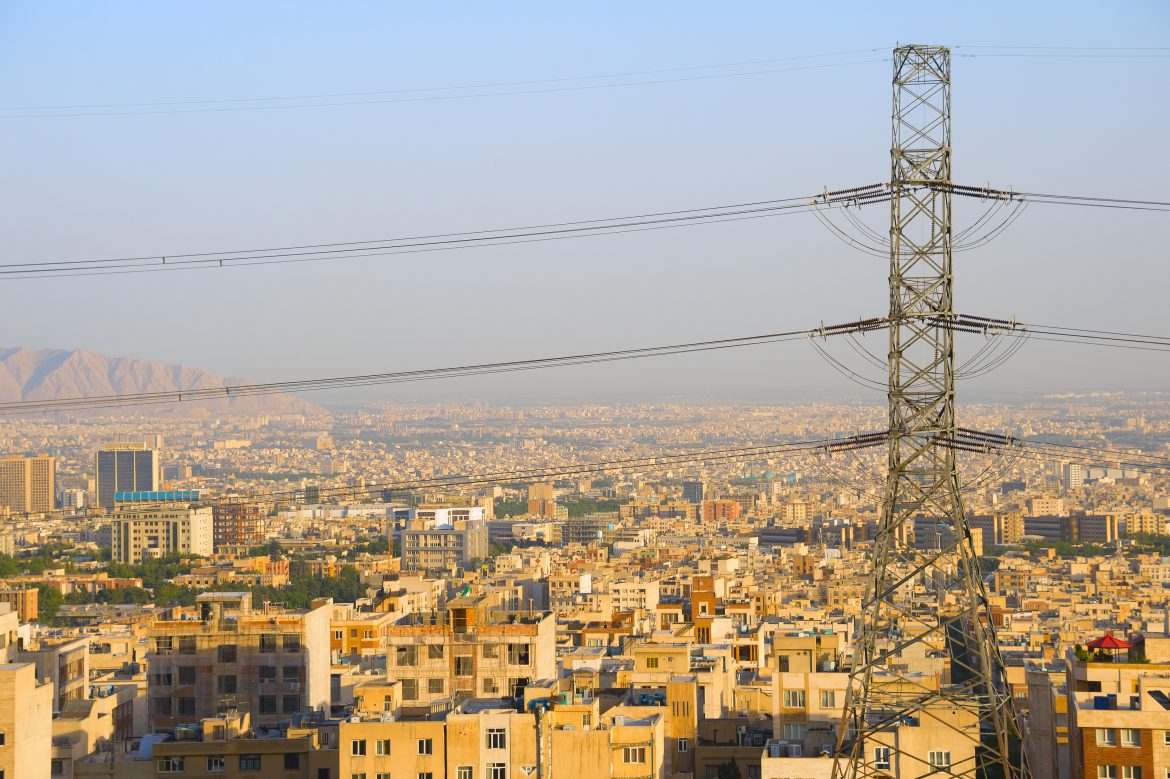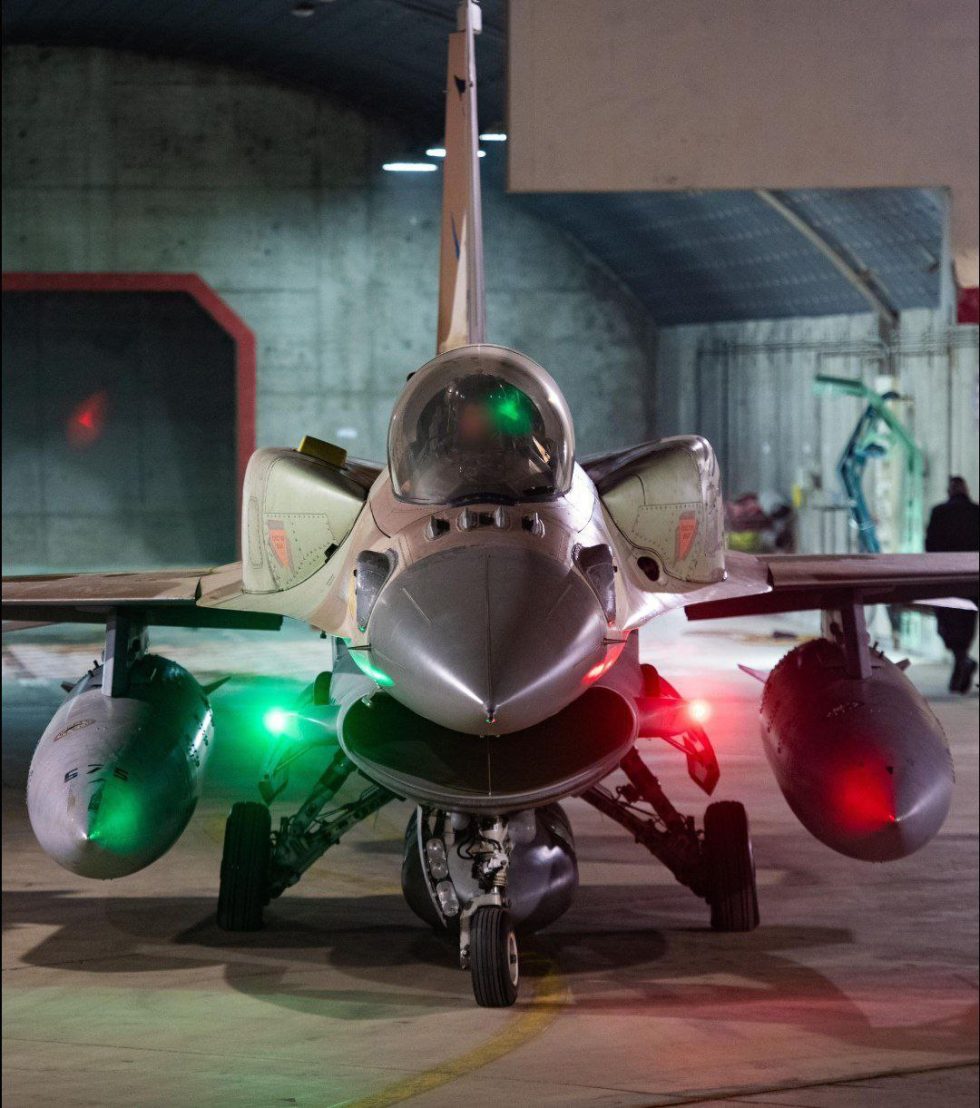As Iran enters the second round of negotiations with the U.S.—scheduled for this Saturday —it already enjoys temporary yet tangible advantages. President Trump ultimately halted an Israeli plan to strike Iran’s nuclear facilities in May—a move driven by Iran’s agreement to enter negotiations with the U.S., according to a report by The New York Times. At the same time, top Iranian officials seem increasingly confident that the threat of military confrontation is weakening—despite ongoing U.S. troop deployments in the region meant to project resolve.
On the economic front, Tehran is also seeing gains. The Iranian stock exchange has shown upward momentum, and the rial has appreciated notably, with the exchange rate dropping below one million tomans per dollar. Another advantage for Tehran was highlighted by the Saudi defense minister’s recent visit to Tehran. This reflects the state of affairs in Riyadh in the absence of a clear and resolute U.S. policy to deter Iran.
Thus, despite persistent gaps in the negotiations, Tehran has succeeded in halting the negative momentum against it in both Israel and the U.S. It has also slowed the deterioration of its strategic balance, without offering any meaningful concession. Alongside these developments, Tehran has also managed to plant the notion within circles in the U.S. and Israel that diplomacy, despite its flaws, is preferable to the risks of military escalation.
Perhaps most troubling, this evolving consensus risks becoming a trap. By clinging to diplomacy alone, Washington may forfeit a rare moment of leverage—one that could have compelled more substantial Iranian compromises. The diplomatic track may thus incur a historic cost: a missed opportunity to confront the Iranian threat—in all its dimensions—in a meaningful and comprehensive manner, after over two decades of Western hesitation.
Supreme Leader Ali Khamenei himself expressed satisfaction with the first round of talks in Oman during his April 15 address. The Conservative camp senses what it describes as an “extraordinary urgency” on the part of President Trump to finalize an agreement. This, in turn, has emboldened tits belief that a somewhat revived version of the JCPOA is within reach. Iran’s Deputy Foreign Minister Kazem Gharibabadi, a central figure in the negotiations, even stated that if the U.S. maintains its current course in the upcoming April 19 round, “it won’t take long to reach an agreement.”
Yet even as Washington equivocates over what restrictions Iran must accept, Tehran remains explicit in signaling its ambitions. In an April 16 interview on Iranian state television, Gharibabadi declared Iran’s intention to preserve both its nuclear capabilities and the infrastructure supporting them—even under a new agreement. He emphasized that IAEA regulations and the Non-Proliferation Treaty (NPT) do not prohibit uranium enrichment short of military-grade levels. This amounted to a thinly veiled declaration of intent: Iran will continue enriching uranium to high levels, maintaining a threshold nuclear capability.
Should Iran succeed in preserving this status under a future agreement, the consequences may be perilous. Tehran would secure a latent military nuclear capability, restrained only by a political decision to exit or bypass the agreement. While Khamenei has thus far indicated satisfaction with a threshold status and publicly opposed acquiring military nuclear capability, his speeches confirm Iran’s long-term nuclear vision. He openly enables future leaders to adopt a different stance.
In a March 12 speech, Khamenei argued that even if Iran decided to build a nuclear weapon, the US would be powerless to stop it. In a follow-up address on April 13, he condemned the West for possessing “the most destructive weapons” while refusing to permit Iran to develop comparable military capabilities.
Alongside Khamenei’s recent statements emphasizing his commitment to Israel’s destruction, Iran is attempting to establish a maritime smuggling route to Hezbollah through the port of Beirut. This effort, spurred by ongoing difficulties in aerial smuggling and tighter controls at Beirut’s airport, serves as a stark reminder of the urgent need to dismantle Iran’s sponsorship of its proxy network.
The fracture in which the regime in Iran currently finds itself was clearly reflected in Khamenei’s Nowruz speech, Khamenei compared the past year to 1360 in the Iranian calendar (March 1981–March 1982)—a year marked by regime instability, political assassinations, military weakness during the Iran-Iraq War, and economic major difficulties. The analogy was telling: Khamenei himself appears to recognize the current fragility of the regime.
Given these realities, the current diplomatic process itself serves as a critical test for U.S.-Israel strategic alignment under Trump. As revealed in the retirement interview of former IDF Chief of Staff Aviv Kochavi, and corroborated by reports of Iranian opposition media outlets, Tehran continues pursuing to a nuclear weapons group. Simultaneously, Tehran refuses to allow IAEA inspections at key sites—including Marivan, Turquzabad, and Lavizan.
IAEA Director General Rafael Grossi’s April 16–17 visit to Tehran must be seen in this sobering context. His warning that Iran is approaching the developing of a nuclear weapon even though “there’s still a way to go before they get there but they’re not far off, that has to be acknowledged”—underscores the urgency for a robust American response. Tehran’s ongoing refusal to provide transparency regarding suspect nuclear activity demands escalated pressure. Trump’s oft-repeated line that “Iran must never be allowed to have nuclear weapons” no longer suffices in the face of current realities. The goal must now be clearly defined: dismantling Iran’s nuclear program.
This objective must be pursued with resolve—through pressure, deterrence, and the presentation of a credible alternative to diplomatic appeasement. At the same time, the deteriorating state of Iran’s proxy network offers a strategic opening. Israel and the U.S. must exploit this moment of weakness to neutralize the proxy apparatus and act directly against the Quds Force.
Published in I24, April 19, 2025.






